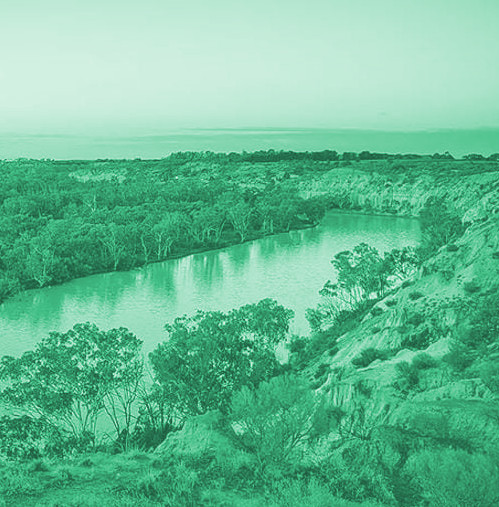MDBA praises local links
 The MDBA says its First Nations partnerships are improving environmental outcomes.
The MDBA says its First Nations partnerships are improving environmental outcomes.
By combining traditional knowledge with ecological science, ongoing initiatives are enhancing the health of rivers, wetlands, and floodplains while respecting cultural heritage.
The Murray Darling Basin Authority (MDBA) says the partnerships are pivotal to the delivery and effective use of water for the environment.
Recent case studies, coordinated through The Living Murray program, highlight key outcomes of these collaborations.
Projects have focused on several areas, including cultural heritage assessments, vegetation monitoring, and freshwater mussel conservation.
Educational partnerships have connected young First Nations students to conservation efforts, such as in New South Wales, where a program involving the National Parks and Wildlife Service, Yarkuwa Indigenous Knowledge Centre, and Deniliquin High School supports students through apprenticeships that blend Western and cultural ecological practices. Activities such as frog and turtle monitoring, fire trail assessments, and water quality surveys enable students to gain hands-on experience while connecting to Country and community.
At Hattah Lakes, the creation of a plant significance booklet, informed by Elders’ knowledge, has preserved traditional uses of native plants. This resource helps guide ecological practices, informs water delivery plans, and reflects the deep historical connections of Aboriginal communities to this landscape.
The MDBA says the reports show First Nations involvement in environmental monitoring has delivered practical benefits.
On South Australia’s Chowilla Floodplain, the River Murray and Mallee Aboriginal Corporation Rangers worked alongside ecologists to monitor species such as fish and frogs and assess tree health. The collaboration provided valuable ecological data and highlighted the importance of incorporating cultural insights into planning.
In Victoria’s Gunbower Forest, the Barapa Barapa people partnered with researchers to monitor freshwater mussels, which hold ecological and cultural significance.
Surveys revealed declining mussel populations, sparking efforts to restore wetland conditions and improve water quality.
Traditional Owners also documented mussel uses, from food and tools to ochre mixing and jewellery, further connecting cultural practices to conservation.
Formal agreements have reinforced the leadership role of First Nations in water management too.
The Nari Nari Tribal Council and the Commonwealth Environmental Water Holder signed a 10-year partnership to manage the 88,000-hectare Gayini wetlands. This partnership empowers Traditional Owners to restore the wetlands and deliver water to support both cultural and ecological needs.
Victoria’s ‘Water is Life’ roadmap, launched in 2022, further emphasises the importance of self-determination in water policy.
The initiative outlines pathways for Traditional Owners to influence water management and acknowledges the impact of past injustices. Co-authored by Traditional Owners, it highlights 27 Nation statements detailing aspirations for waterway management and ecological restoration.
The authorities say these collaborative efforts across the Murray-Darling Basin demonstrate how integrating cultural knowledge with scientific approaches enhances water management. By combining traditional wisdom with modern practices, they set a standard for inclusive and effective environmental stewardship.







 Print
Print


